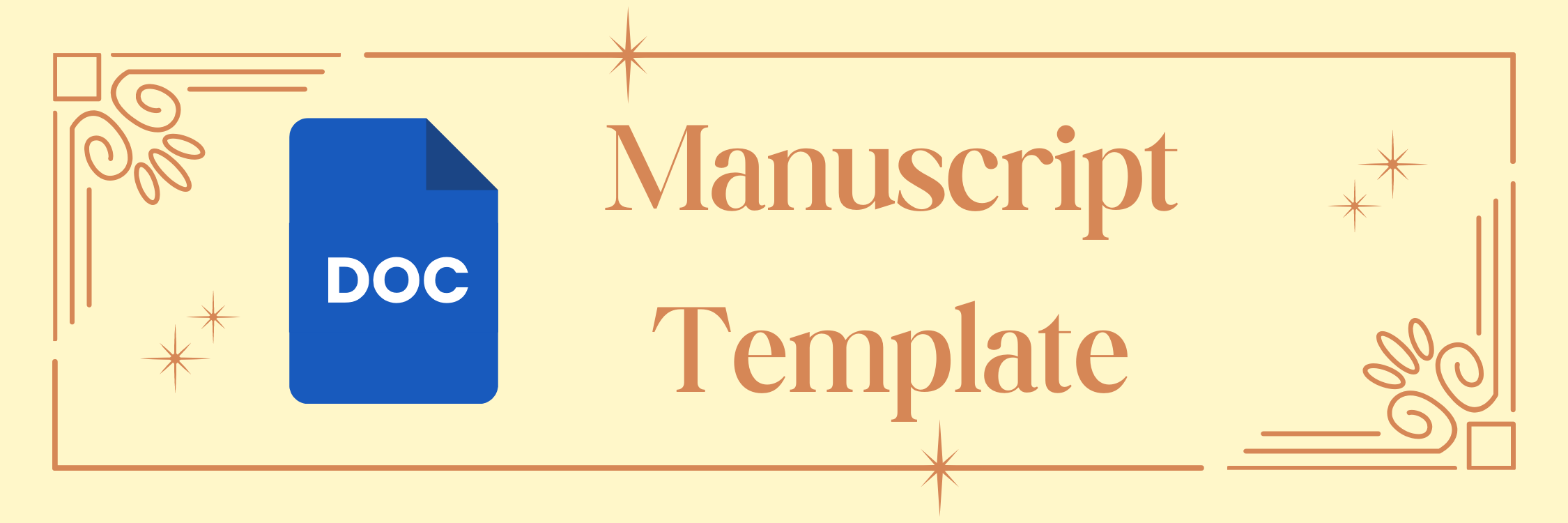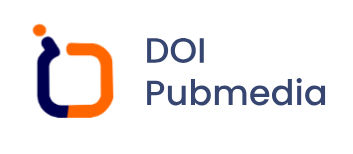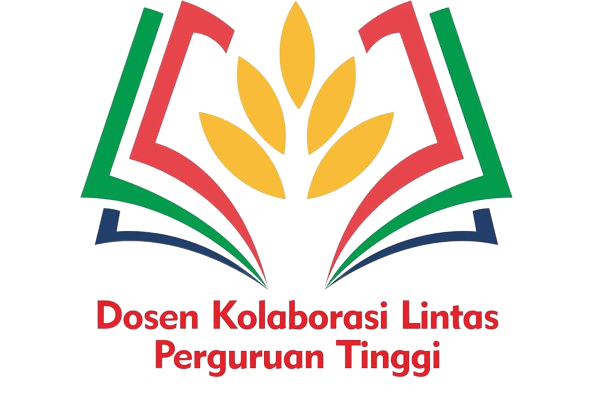Minawisata as Integrated Fisheries-Based Tourism: Development Potential in Kampung Madong–Sei Nyirih, Indonesia
DOI:
https://doi.org/10.69812/itj.v2i2.174Keywords:
Marine Tourism, Carrying Capacity, Land Suitability, Sustainable Tourism, Mangrove EcotourismAbstract
This study examines the development potential and carrying capacity of minawisata (fisheries-based marine tourism) in Kampung Madong–Sei Nyirih, Tanjungpinang City, Kepulauan Riau Province, in response to growing demands for sustainable coastal development and alternative livelihoods for fishing communities. The research aims to evaluate land suitability, environmental carrying capacity, and infrastructure readiness for three main clusters: mangrove ecotourism, fishing tourism, and floating net cage aquaculture. A mixed-methods approach was applied, combining Geographic Information Systems (GIS)-based spatial analysis, carrying capacity calculations aligned with national regulatory standards, and qualitative input from government, community, academic, and private stakeholders. The results revealed that 66.03% (199.42 ha) of mangrove areas and 99.13% (322.47 ha) of marine waters are highly suitable for tourism activities, while only 1.0% of the assessed areas are suitable for floating net cage aquaculture. Carrying capacity estimates showed the potential to accommodate 1,595 daily visitors for mangrove-based tourism, 1,075 for fishing activities, and 45 for aquaculture tourism. These findings underscore significant opportunities for developing integrated fisheries-tourism models, especially through mangrove conservation and traditional fishing practices that align with sustainable tourism principles. However, challenges remain in addressing infrastructure gaps, institutional coordination, and community capacity for tourism service delivery. The study concludes that Kampung Madong–Sei Nyirih holds strong potential as a model for sustainable coastal development that integrates conservation, economic diversification, and community empowerment. Its implementation could provide practical lessons for similar coastal regions in Indonesia and Southeast Asia facing the dual challenges of environmental protection and livelihood improvement
Downloads
References
Agit, A., Wanner, P. J., Muharram, S., & Oktavianty, O. (2024). The interconnection between technology and economic through tourism sectors. Indonesian Tourism Journal, 1(1), 46–58. https://doi.org/10.69812/ITJ.V1I1.17
Arnegger, J., Herz, M., & Campbell, M. (2024). Mass ecotourism, media, and wildlife experience. Journal of Outdoor Recreation and Tourism, 45. https://doi.org/10.1016/J.JORT.2023.100732
Athari, S. A., Alola, U. V., & Alola, A. A. (2023). A global perspective of the role of domestic economic, financial and political risks in inbound tourism. International Journal of Emerging Markets, 18(10), 4191–4213. https://doi.org/10.1108/IJOEM-11-2020-1370
Chen, K. (2021). Research on the integration development of tourism industry from the perspective of all-for-one-tourism: Chengdu Plain Economic Zone as an example. ACM International Conference Proceeding Series, 124–130. https://doi.org/10.1145/3485190.3485210
Deakin, K., Porter, A., Osorio Baquero, A., & Lewis, C. (2025). Plastic pollution in mangrove ecosystems: A global meta-analysis. Marine Pollution Bulletin, 218, 118165. https://doi.org/10.1016/J.MARPOLBUL.2025.118165
Dimitrovski, D., Lemmetyinen, A., Nieminen, L., & Pohjola, T. (2021). Understanding coastal and marine tourism sustainability - A multi-stakeholder analysis. Journal of Destination Marketing and Management, 19. https://doi.org/10.1016/j.jdmm.2021.100554
Fabinyi, M., Belton, B., Dressler, W. H., Knudsen, M., Adhuri, D. S., Abdul Aziz, A., Akber, M. A., Kittitornkool, J., Kongkaew, C., Marschke, M., Pido, M., Stacey, N., Steenbergen, D. J., & Vandergeest, P. (2022). Coastal transitions: Small-scale fisheries, livelihoods, and maritime zone developments in Southeast Asia. Journal of Rural Studies, 91, 184–194. https://doi.org/10.1016/J.JRURSTUD.2022.02.006
Hall, C. M. (2001). Trends in ocean and coastal tourism: the end of the last frontier? Ocean & Coastal Management, 44(9–10), 601–618. https://doi.org/10.1016/S0964-5691(01)00071-0
Hayati, Y., Adrianto, L., Krisanti, M., Pranowo, W. S., & Kurniawan, F. (2020). Magnitudes and tourist perception of marine debris on small tourism island: Assessment of Tidung Island, Jakarta, Indonesia. Marine Pollution Bulletin, 158. https://doi.org/10.1016/j.marpolbul.2020.111393
Honey, M. (2008). Ecotourism and Sustainable Development. Islandpress. https://islandpress.org/books/ecotourism-and-sustainable-development-second-edition
Honey, M., & Krantz, D. (2007). Global Trends in Coastal Tourism. World Wildlife Fund. https://www.foresightfordevelopment.org/sobipro/55/335-global-trends-in-coastal-tourism
King, C., Iba, W., & Clifton, J. (2021). Reimagining resilience: COVID-19 and marine tourism in Indonesia. Current Issues in Tourism, 24(19), 2784–2800. https://doi.org/10.1080/13683500.2021.1873920
Kismartini, K., Roziqin, A., & Authori, N. (2023). A stakeholder analysis for sustainable development of Maritime Village in Semarang coastal community, Indonesia. Public Administration and Policy, 26(3), 321–334. https://doi.org/10.1108/PAP-10-2022-0119
Kuenzer, C., Bluemel, A., Gebhardt, S., Quoc, T. V., & Dech, S. (2011). Remote sensing of mangrove ecosystems: A review. Remote Sensing, 3(5), 878–928. https://doi.org/10.3390/RS3050878
Mahadiansar, M., Alfiandri, A., & Syuzairi, M. (2023). Analysis of Collaborative Governance in Tourism Based on Coastal Community Empowerment in Indonesia. Proceedings of the International Conference Social - Humanities in Maritime and Border Area, 5–10. https://doi.org/10.2991/978-2-38476-150-0_2
Marine-Roig, E., & Anton Clavé, S. (2015). Tourism analytics with massive user-generated content: A case study of Barcelona. Journal of Destination Marketing & Management, 4(3), 162–172. https://doi.org/10.1016/J.JDMM.2015.06.004
Maryono, B., Suhana, S., & Marlianingrum, P. R. (2025). Strategi Pengembangan Minawisata: Studi Kasus Situ Cipule, Karawang Jawa Barat. Jurnal Kebijakan Sosial Ekonomi Kelautan Dan Perikanan, 15(1), 27–37. https://doi.org/10.15578/JKSEKP.V15I1.15152
Mulyadi, A., Efriyeld, Hamidy, R., & Nofrizal. (2021). Development of Mangrove Ecotourism in Bandar Bakau Dumai Based on Disaster Mitigation. International Journal of Sustainable Development and Planning, 16(7), 1359–1367. https://doi.org/10.18280/IJSDP.160716
Orams, M. (2002). Marine Tourism: Development, Impacts and Management. In Marine Tourism. Routledge. https://doi.org/10.4324/9780203197110
Pomeroy, R. S. (1995). Community-based and co-management institutions for sustainable coastal fisheries management in Southeast Asia. Ocean & Coastal Management, 27(3), 143–162. https://doi.org/10.1016/0964-5691(95)00042-9
Prihadi, D. J., Zhang, G., Lahbar, G. M., & Pasaribu, B. (2024). Integration of Community-Based Tourism (CBT) Index and Biophysical Assessment for Sustainable Ecotourism Mangrove: A Case Study of Karangsong, Indonesia. Sustainability 2024, Vol. 16, Page 2806, 16(7), 2806. https://doi.org/10.3390/SU16072806
Susanto, N., Nurkertamanda, D., Prastawa, H., & R Nugraha, A. (2020). Development of Ecotourism-Based Strategy: A Case Study of Tinjomoyo Tourism Forest. E3S Web of Conferences, 202. https://doi.org/10.1051/E3SCONF/202020203004
Umilia, E., & Asbar. (2016). Formulation of Mangrove Ecosystem Management Model Based on Eco-minawisata in the Coastal Sinjai, South Sulawesi. Procedia - Social and Behavioral Sciences, 227, 704–711. https://doi.org/10.1016/J.SBSPRO.2016.06.136
Wang, X., Zeng, Y., Lai, Q., & Lin, M. S. (2024). Why do start-up tourism small and medium-sized enterprises imitate? A mixed-methods research design. Journal of Hospitality and Tourism Management, 61, 11–22. https://doi.org/10.1016/j.jhtm.2024.08.012
Wirajing, M. A. K., & Nanfosso, R. T. (2025). Households’ resilience capacity in the Cameroon fishing communities: case of the internally displaced and Immigrants fishermen. World Development Perspectives, 38, 100678. https://doi.org/10.1016/J.WDP.2025.100678
Downloads
Published
How to Cite
Issue
Section
License
Copyright (c) 2025 Winata Wira, Muzahar Muzahar, Falmi Yandri, Oksep Adhayanto, Bismar Arianto

This work is licensed under a Creative Commons Attribution-ShareAlike 4.0 International License.
You are free to:
- Share — copy and redistribute the material in any medium or format for any purpose, even commercially.
- Adapt — remix, transform, and build upon the material for any purpose, even commercially.
- The licensor cannot revoke these freedoms as long as you follow the license terms.
Under the following terms:
- Attribution — You must give appropriate credit, provide a link to the license, and indicate if changes were made . You may do so in any reasonable manner, but not in any way that suggests the licensor endorses you or your use.
- ShareAlike — If you remix, transform, or build upon the material, you must distribute your contributions under the same license as the original.
- No additional restrictions — You may not apply legal terms or technological measures that legally restrict others from doing anything the license permits.















